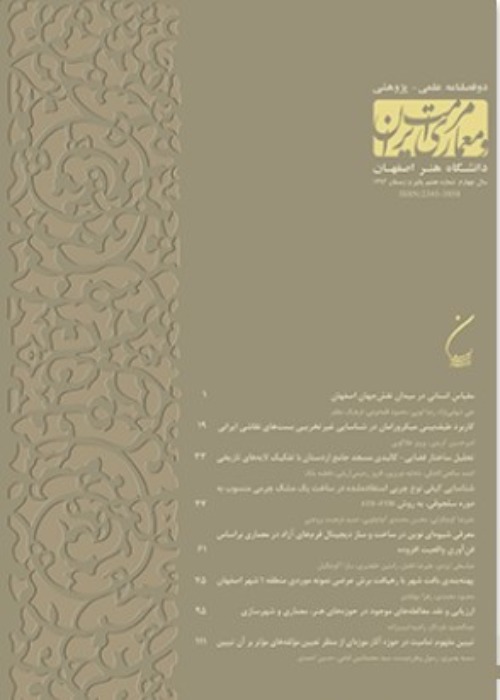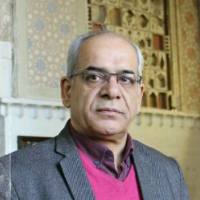Comparative study of the architecture of Armenians and French missionaries’ schools in Isfahan City in the contemporary period from the view of historical and stylistic evolution
Author(s):
Article Type:
Research/Original Article (دارای رتبه معتبر)
Abstract:
Education, obtaining and expanding it among religious minorities; particularly among Armenians, has attracted great interest in the present era. Due to the geographical situation and unique features of Isfahan on the one hand, and the existence of Jolfa Quarter and Armenians as well as other religious minorities on the other hand, this city has always been the center of attention by western countries and religious minorities outside Iran. The importance of conducting this research is that the beginning of developments in education and formation of modern contemporary schools in Isfahan has its roots in establishing Armenian and other Christians’ schools in this city and their precedence in this regard compared to Muslims’ schools. This research aims to carry out a contrastive survey of architecture in samples of Armenian schools in Jolfa Quarter of Isfahan with French missionaries’ schools in this city. The research method is descriptive-analytical-contrastive. The results obtained in this research are divided into two general sections. The first section is in relation to historical developments leading to the creation or establishment of schools. This section is itself subdivided into two groups: the first group includes factors or people who had a role in creating and forming modern Armenian schools in Jolfa. The role of churches, formation of renaissance in Europe, the relationship between Armenians inside Iran with European and East Asian countries through economic activities and financial support of Armenians inside and outside the country are included in this group. The second group comprises factors related to the creation and establishment of schools by western (French) missionaries. In this regard, the French government’s policy to expand its influence in Iran culturally and through religious teachings is among the most important factors. The second section is related to the stylistics of architecture of contemporary schools of religious minorities in Isfahan. The architectural style in these buildings is mostly a mixture of Iranian classical traditional architecture and western classical architecture.
Keywords:
Language:
Persian
Published:
Maremat & memari-e Iran, Volume:8 Issue: 15, 2018
Pages:
137 to 155
magiran.com/p1887465
دانلود و مطالعه متن این مقاله با یکی از روشهای زیر امکان پذیر است:
اشتراک شخصی
با عضویت و پرداخت آنلاین حق اشتراک یکساله به مبلغ 1,390,000ريال میتوانید 70 عنوان مطلب دانلود کنید!
اشتراک سازمانی
به کتابخانه دانشگاه یا محل کار خود پیشنهاد کنید تا اشتراک سازمانی این پایگاه را برای دسترسی نامحدود همه کاربران به متن مطالب تهیه نمایند!
توجه!
- حق عضویت دریافتی صرف حمایت از نشریات عضو و نگهداری، تکمیل و توسعه مگیران میشود.
- پرداخت حق اشتراک و دانلود مقالات اجازه بازنشر آن در سایر رسانههای چاپی و دیجیتال را به کاربر نمیدهد.
دسترسی سراسری کاربران دانشگاه پیام نور!
اعضای هیئت علمی و دانشجویان دانشگاه پیام نور در سراسر کشور، در صورت ثبت نام با ایمیل دانشگاهی، تا پایان فروردین ماه 1403 به مقالات سایت دسترسی خواهند داشت!
In order to view content subscription is required
Personal subscription
Subscribe magiran.com for 70 € euros via PayPal and download 70 articles during a year.
Organization subscription
Please contact us to subscribe your university or library for unlimited access!




